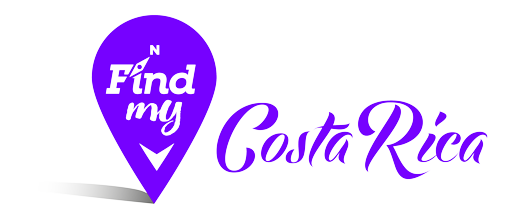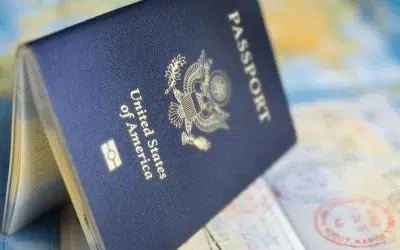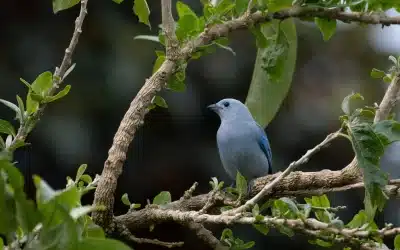In Costa Rica, national symbols hold a special place in the hearts of its people, who strongly value and honor them as an expression of their unique cultural heritage.
So let’s explore some of the most important ones that represent the vibrant and diverse culture of Costa Rica and discover the history and meaning behind Costa Rica’s treasured national symbols like the iconic oxcart and the beloved “Pura Vida” motto.
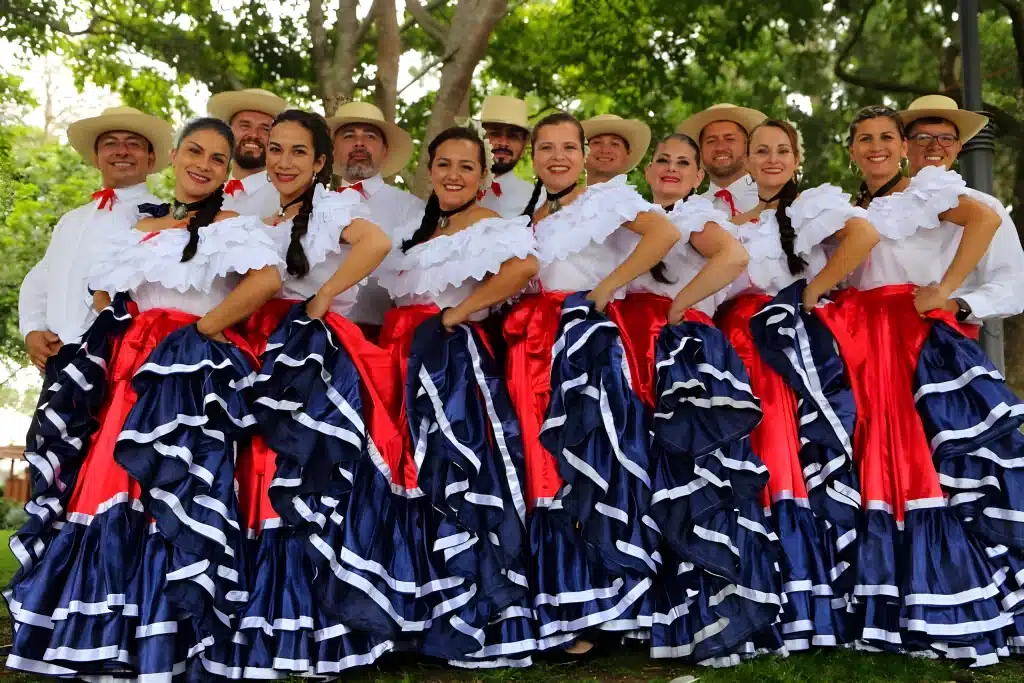
What Are Costa Rica’s National Symbols?
National symbols are culturally created images that represent a country and its people, preserving collective memories and uniting citizens under a shared identity. These emblems remind Costa Ricans of their rich history, diverse geography, and vibrant customs, encouraging patriotism and solidarity among all ages and backgrounds.
The Costa Rican Flag
In 1848, Pacífica Fernández Oreamuno, the first lady, took inspiration from the principles of the French Revolution and used the colors of the French National flag to create a Costa Rican flag that would fly over the capital city and the entire country.
Coat of Arms
Costa Rica’s Coat of Arms (also called the National Shield) depicts its geography, the oceans, prosperity, the provinces, and coffee.
Costa Rica’s National Bird
This bird is located throughout the country, representing the earth’s fertility and the symbol of rain. The Yigüirro sings to call the rain. And it generally sings at the beginning of the rainy season, which starts in April.
Costa Rica’s National Tree
The “Arbol de Guanacaste” is the symbol of growth and equilibrium. It was designated as Costa Rica’s national tree in August 1959.
Costa Rica’s National Flower
“La Guaria Morada” is an orchid chosen as Costa Rica’s national flower on June 15, 1939. Costa Ricans prize the flower and associate it with the beauty of Costa Rican ladies.
Costa Rica’s National Anthem
The national anthem is one of the most important national symbols of Costa Rica, as it expresses a sense of patriotism among the people. The music of the national anthem was composed by Manuel María Gutiérrez in 1852, and José María Zeledón Brenes wrote the lyrics.
Costa Rica’s National Motto
“Pura Vida”! The country does not have an official national motto. However, if you want a phrase that describes ticos, “pura vida” will be the exact one. Meaning “pure life,” most ticos use it to show or demonstrate approval or happiness toward certain situations, and they also use it as a greeting and a way to say goodbye.
Costa Rican Oxcarts
The oxcart was designated the National Labor Symbol on March 22, 1988, and is a rustic, strong vehicle with two compact wheels moved by two oxen. Oxcarts are driven by people known as “Boyeros” in Costa Rica. The carts have been used for years as a significant means of transporting goods, especially coffee.
The National Instrument – La Marimba
The marimba was declared the national instrument in 1996, and many traditional Costa Rican songs are played on the marimba with the intention of preserving national culture and folklore.
Want to Learn More About the National Symbols of Costa Rica?
Costa Rica’s national symbols are essential to the country’s cultural identity and history. They represent the unique and diverse aspects of the country’s heritage and serve as a source of pride for its citizens.
We invite you to visit this beautiful country to learn more about its national symbols and their origins. Book your trip now with Find My Costa Rica.
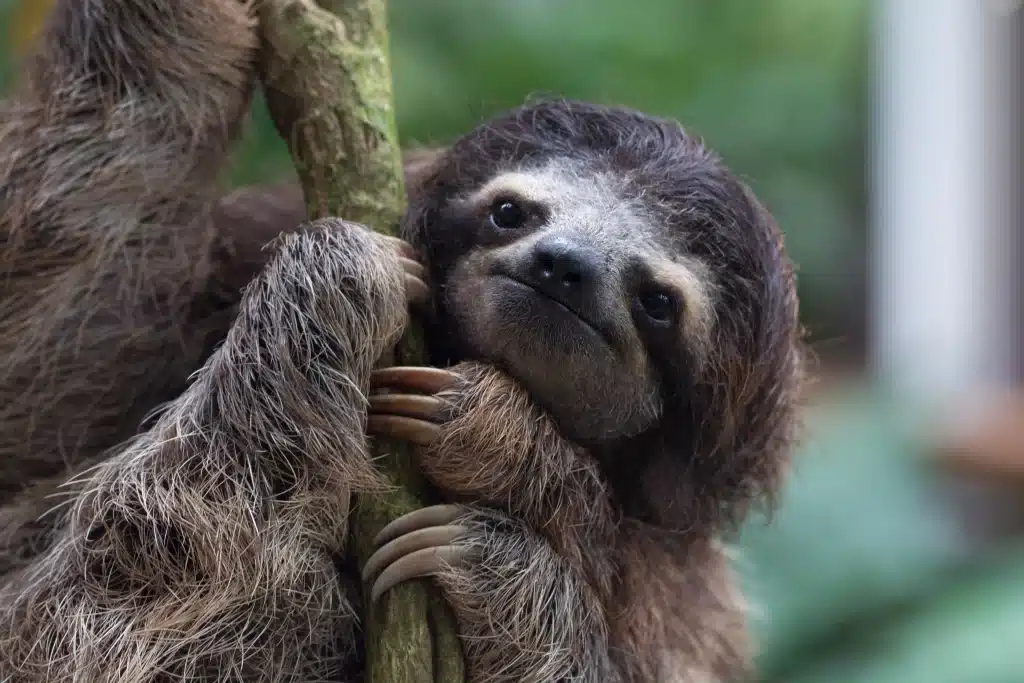
FAQ
- Why are national symbols important in Costa Rican culture?
National symbols are essential in Costa Rican society because they foster a sense of national pride and unity among the country’s diverse population. They serve as symbols of the country’s distinct heritage and culture and encourage continuity and connection to the past.
- What role do national symbols play in preserving Costa Rica’s cultural identity?
The nation’s symbols are important because they symbolize the country’s history and values to the outside world. They inspire and give future generations pride while fostering a connection with their cultural and social heritage.
- How are Costa Rica’s national symbols represented in the country’s celebrations and events?
Costa Rica’s national symbols are prominently featured in the country’s celebrations and events, such as Independence Day, celebrated each year on September 15th. During this time, the streets are filled with parades featuring colorful costumes, traditional dances, and musical performances that pay homage to the country’s rich cultural heritage.
- What are some lesser-known symbols that are still significant in Costa Rican culture?
The sloth has been an unofficial national symbol of Costa Rican culture. It’s a good representation of the can-do attitude of the Costa Rican people. Like sloths, the Costa Rican people (known as Ticos) are recognized for their laid-back attitude, relaxed lifestyle, and minimal stress.
- Can visitors purchase souvenirs featuring Costa Rican national symbols? If so, where?
Visitors to Costa Rica can easily purchase souvenirs featuring the country’s national symbols in many locations throughout the country, such as souvenir shops, markets, and artisanal stores. The most important places in San Jose are the “Mercado Central” and the “Mercado de Artesanías.”
